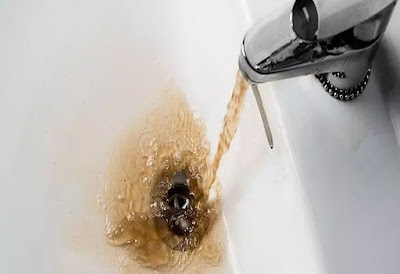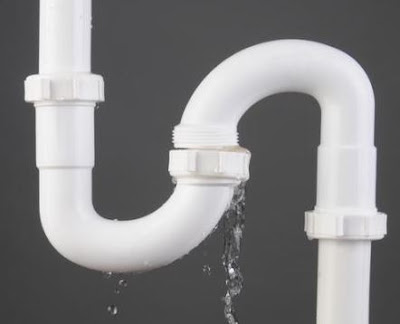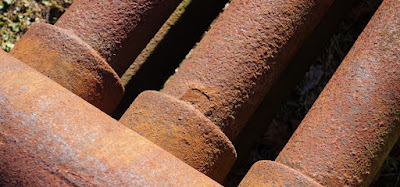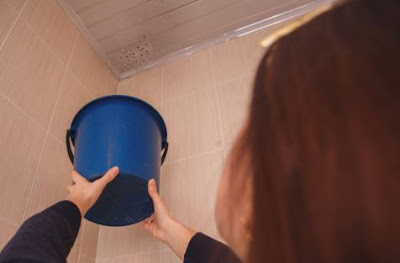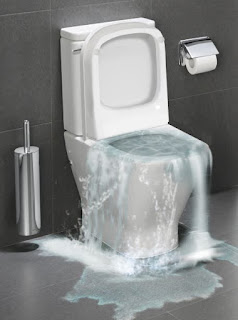Simple steps for maintenance can save your AC from conking out, and you from buying another unit.
1. Turn the power off completely when you are not going to use the unit anymore. Not doing so poses electrical risks and increased energy bills. Look for the shut off box near the unit and turn it off. If possible, switch it off at the breaker box as well.
2. Cleaning your AC unit regularly is a must. Debris can clog the filters and can ultimately cause the unit to malfunction. Dust, feathers, and mold all become breeding grounds for bacteria and could give you respiratory problems. To clean the unit, remove the fan cage and fasteners. Use a wet cloth or dry vacuum to remove the debris from the AC unit’s interior.
3. Remove external dirt with a brush (a toothbrush will do) as you spray water on the fins. Make sure the water stream is gentle enough so as not to damage the fins. There are commercial cleaning sprays available for extremely dirty fins. Use them in place of water and soap. Meanwhile, use a butter knife to straighten the fins out. This step ensures that air flows through the fins, and you can make the most out of your AC unit.
4. Put the fan cage back and clean whatever debris are left in the condenser. During winter, cover the unit with plastic or plywood to keep debris and other elements from falling onto the unit. Leave space along the unit’s sides, to at least let it “breathe”. Completely covering the unit can cause moisture buildup, which in turn could cause malfunctioning.
5. Check the unit’s condenser for any signs of soil settling or rotting. Level the unit and don’t forget to defrost it during winter.
6. You may also need to clean the evaporator coil using a soft brush and a spray cleaner (no-rinse). Clean the drain pan with water and soap. Add bleach if needed, though at most times, water and soap will do. Keep algae from growing in the drain with a drain pan tablet. Clean this drain from time to time, too. Clear it with a wet and/or dry vacuum, then hold the water hose to the end of the drain line. This would wash away all the remaining debris or mold in the drain pipe.
7. Have your blower filter changed twice a year, especially before summer and winter. Use a new filter that has the same airflow rating as your old filter.
8. Lastly, call your HVAC technician for other maintenance procedures. If the problem goes beyond cleaning and washing away debris, calling a technician should be your next step. Experts have the necessary tools and technical know-how to keep your AC unit functioning well.

